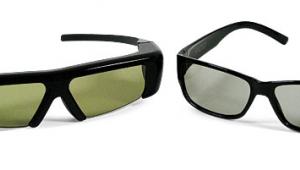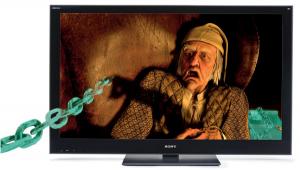Virtual Reality Is Here
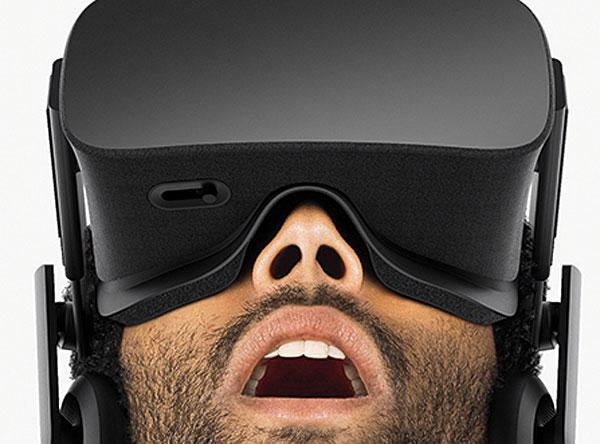
Click
It’s night. I’m at Sky100, perched 1,289 feet above Victoria Harbour. The sodium lamps and neon lights of Kowloon burn daytime bright. The towers, peaks, and signs of Hong Kong Island reflect their own glow across the water. To the right, the dark sea beckons. Scratch the tapas, now I want dim sum.
Click
I’m astride Rey’s speeder bike, racing across the deserts of Jakku. I look up as I pass beneath the decay- ing remains of a Star Destroyer. Wait, what?
Click
I’m balanced at the edge of an island that’s floating above a cloudy sky. Beside me, a hovering hump- back whale eyes me condescendingly. How does a whale look at someone condescendingly? Wait, how does a whale hover? Maybe the answers lie across this rope bridge that connects to another eerily unsupported island.
Click
Reality. I think. Some amount of time has passed. Lots. There is no doubt: Virtual reality is here. It is glorious.
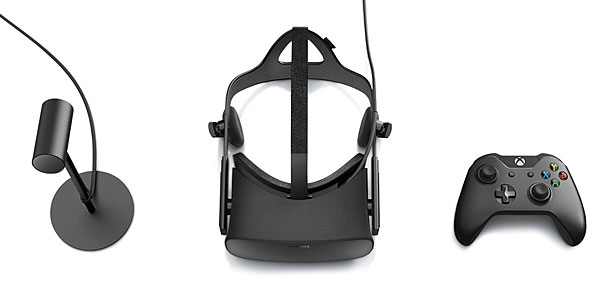
The Bytes and Bobbles That Led Here
If you’re older than, say, 10, you’ve been promised VR before. Many times before. Saga VR, Virtuality, VFX1, Nintendo’s Virtual Boy…this isn’t our first rodeo.
Except…it is. VR is radically different from anything that came before. The VR of old had tiny, mediocre displays with low contrast and even lower resolution. The archaic head tracking was so sluggish, it made most people who tried it nauseated.
The disconnect between promise and reality has been so wide for so long, many people have been, and still are, understandably skeptical. But now it’s 2016. We’ve reached a singularity of low-priced sensors and high-resolution screens. Cheap processing power and simple content distribution. All the pieces to make the VR future we were promised are here.
Enter Palmer Luckey.
The VR Revolution
Palmer Luckey is 23 years old. When the history of VR is written, he’ll have his own chapter. Luckey had an idea, and like so many brilliant ideas, it seems so obvious in hindsight. He realized that the two things VR needed most—accurate motion tracking and a high-
resolution screen— were literally everywhere: in smartphones. He built a prototype, got it working, and started a company. At 19. In 2014, Facebook bought this tiny company, Oculus VR, for $2 billion. With a b. Like nearly everyone who has tried their only product, the Rift, Facebook realized that this was The Real Deal.
When I met Palmer, it was at Oculus’ first CES. His shaggy hair, T-shirt, and exuberant demeanor could have been that of pretty much anyone but the CEO of a company. This was only a few months after a $10 million Kickstarter campaign; Facebook’s billions were unforeseen in the future.
I’m not sure if the company’s entire staff was in that one suite at the hotel formerly known as the Las Vegas Hilton, but I’d be surprised if they all wouldn’t have fit on a sofa. They were so unknown, and VR still such a joke, that my bosses had passed all invites down to me. “You like VR. Go check this thing out. Maybe it will be bad enough for a laugh.” I’m paraphrasing. Barely. They had no idea, and neither did I.
That prototype, already named Rift, was literally a gutted cell phone taped to a pair of ski goggles. It wasn’t even HD resolution. But it was a revelation.
As soon as they slid the goggles over my eyes, I started giggling. Everyone does this when they first try it. The tracking was so good that my brain easily accepted this virtual reality right before my eyes. It was a short demo, not even a real game, but I was sold. This was what we’d been waiting for. Every gamer, for sure, and anyone who thought VR would be a cool idea. And that was the prototype.
I’ve now tried every version, including the shipped model shown at CES this year. Each generation got better, more immersive, smoother, more realistic.
Today, the Future
The version of the Rift you can buy today for $600 has countless advances over that first model I tried a product lifetime ago. Each one is important.
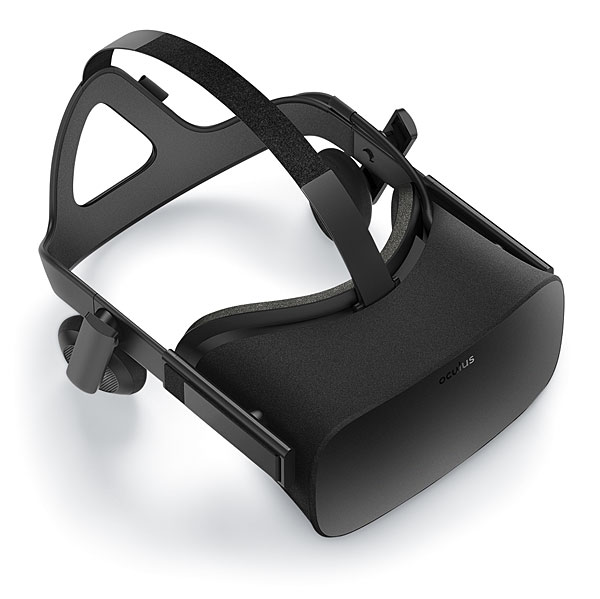
Let’s start with the screen. One of the main complaints about VR in the past has been low-resolution screens that have a screen-door effect worse than that of any lo-res projector. The Rift and its closest competitor, the HTC Vive ($800; see the accompanying “Beyond Rift: Other Goggles to Oogle”), have two 1080 x 1200 OLED screens, one for each eye. At the distance the screens are from your eyes, this resolution isn’t quite enough to make the individual pixels invisible, but it’s close enough that you won’t care.
OLED is better than LCD in nearly every way, but several factors make it an ideal choice for a VR display.
OLED’s contrast ratio helps to provide the sense of immersion, with a black that seems like total darkness. And darkness is key, but for a completely different reason.
In conjunction with OLED’s fast response time, the Rift and Vive screens run at a 90-hertz refresh rate. That’s not even the interesting part. It’s unclear whether the Vive does this, but on the Rift, for the vast majority of that time, the screen is dark. To cut down on motion blur that could make you queasy, the Rift uses black frame insertion. This trick, also used in some OLED and LCD TVs, flashes an image at your eyes, then quickly goes black. It flashes another image, then goes black again. This is similar to how film projection works. If it didn’t do this, your brain would sense the lack of motion in the screen as you slightly moved your head. With a TV, your brain expecting to see motion creates motion blur. If you were wearing a VR headset, it would manifest itself as that and motion sickness. Making your customers sick isn’t the best idea.
